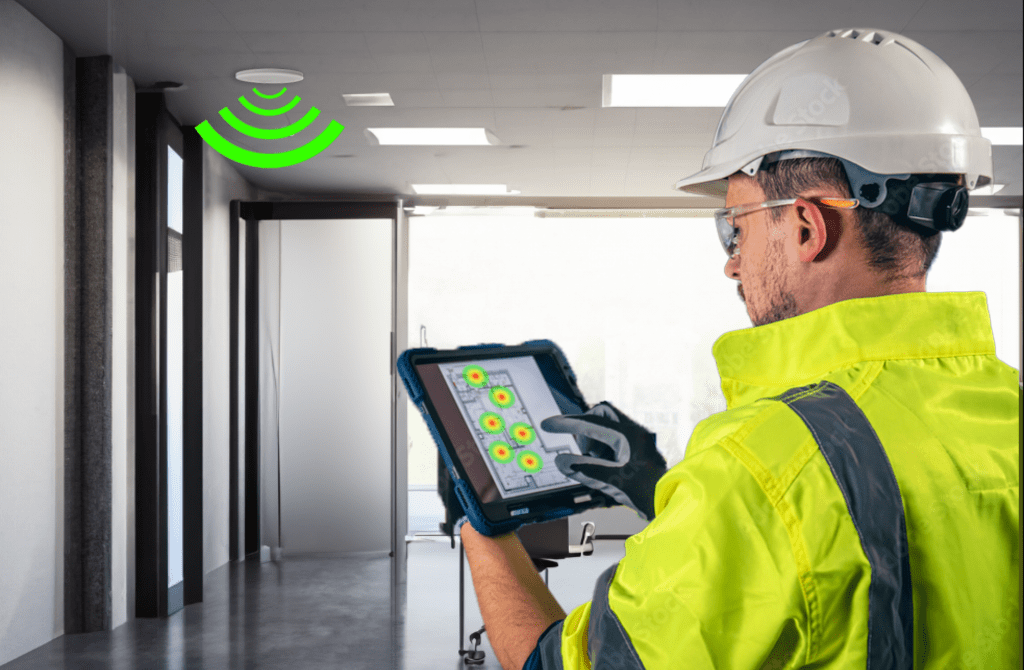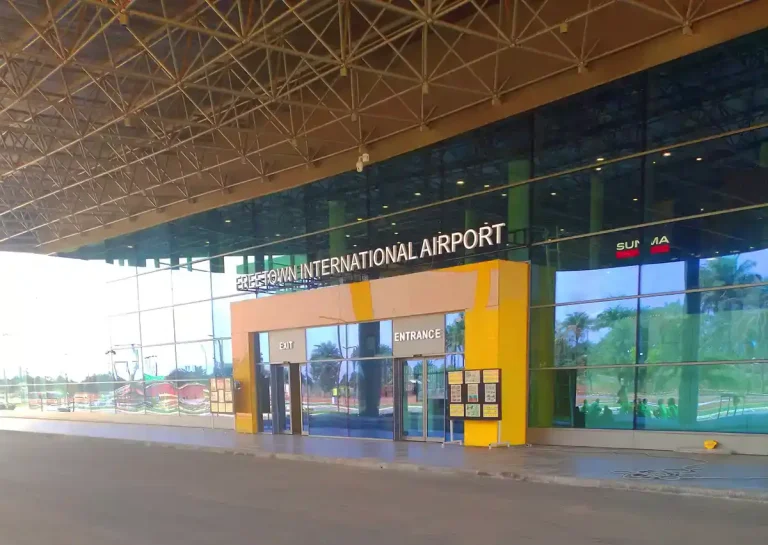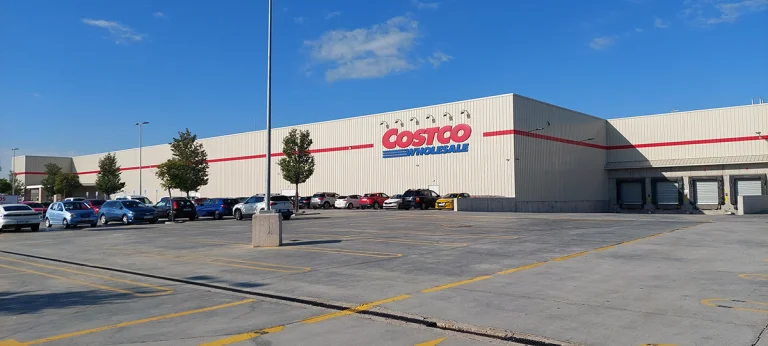Often, repeater system installations are not straight forward. The structure of the building, its location and the layout have to be taken into consideration. The survey has to be conducted outside, inside as well as on the roof top. Professional city installations are particularly challenging with so many cell towers concentrated in one area.
Stella Doradus offers free training to experienced installers as well as complete beginners. We have our own training courses that you can sign up for. Our step-by-step training will help installers design and install repeater systems correctly in buildings of all sizes.

Join us and become a Certified Stella Installer
Key benefits:
- Training courses – how to use Stella equipment and do professional installations.
- Technical and Sales Support from Stella Doradus.
- Work referrals.
To learn more contact us here.

Training
Training courses are now available. Level 1 and Level 2 courses are available online. To apply for these courses please contact us.
Level 1: Basic training.
Learn the basics. How repeaters work. How to install repeaters for smaller buildings and what tools to use.
Level 2: Pro Training.
Learn more advanced topics. How to install repeaters in larger buildings. Enterprise market. TestTool. StellaPlanner.

WhatsApp Helpline
Contact our WhatsApp technical helpline to receive real time support from our engineers. We will train you onsite on how to use the TestTool to achieve the best possible results for your repeater installation.
Let us share our expertise with you.
00 353 85 854 1516
Videos for Installers
Installation manuals
Case Studies

NH Hotel, UK
Background NH is an established hotel in the City, the business district of London. So it does not come as a surprise that business travel

Netflix Studios, Spain
Background Netflix Studios is where all the movies and TV shows are made! The largest european production hub is in Tres Cantos, Madrid and it

Morrisons, UK
Background Morrisons is one of the largest supermarkets in the United Kingdom with 500 shops throughout the country. The new store in Eagle Way, Chelmsford

Freetown Airport, Sierra Leone
Background In 2023, a new airport was built with a state-of-the-art facility spanning over 14,000 square meters. The airport was designed to accommodate over one million passengers per year.

Costco, Spain
Background Costco Wholesale Corporation is a well-known American retail giant with 858 warehouse type shops all around the world. In Europe, there are 37 Costco

Leclerc, France
Background. E.Leclerc is a brand of large shopping centers that sell a wide range of products: groceries, clothes, electronics, pharmaceuticals and DIY. There are more
Technical FAQs
I need a reliable system that won’t fail when customers want to pay.
The Stella repeater amplifies the signal from the mobile operators which is the most reliable signal available. In the unlikely event that the signal from one operator’s mast goes down, the antenna will simply receive the signal from the next mast, just as a mobile phone would do. The Stella repeater does not alter the operators’ signal. It simply brings it inside the building, and this ensures it is the most reliable system available.
What are taps? What are splitters?
Splitter: A splitter can be used to introduce a second antenna into the system. However, it adds 3.5dB of attenuation to the signal. The effect of this 3.5dB loss is to effectively shorten the cable. Stella specifies that the length of SD400 cable from the repeater to the internal antenna should be no more than 35m. However, if a 2 way splitter is introduced, the recommended length is reduced to 20m. If a 3 way splitter is used, the length is reduced again to 15m. A splitter adds the same loss, 3.5dB, to both sides of the split.
Tapper: A tapper (tap), is similar to a splitter in that it allows the cable to be split to install a second antenna. however, the loss is not equal on both sides. Instead, one side experiences a loss of 6dB, whereas the other side experiences a loss of 1.3dB. This can be useful when installing several antennas along the same cable. The taps can equalize the signal power to all the antennas, ensuring that the last antenna on the line still has enough power to be effective.
What is MIMO?
MIMO refers to Multiple Input, Multiple Output. It refers to a technology that allows the cellular signal to double or quadruple its bandwidth by utilizing multiple parallel data streams at the same time. It achieves this by using a different polarization for each stream of data. A separate antenna is needed for each stream, and the angle of each antenna must be offset from each other to align with its particular polarization. Even within just one frequency band, we can have up to 4 parallel steams of MIMO data. This is a big bandwidth enhancement.
